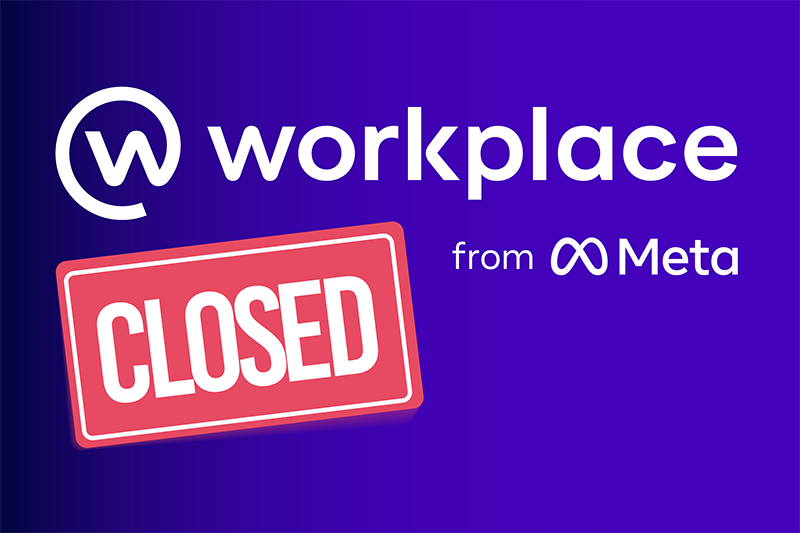- Patrice Lamarque
- June 13, 2017
Top 5 Reasons to Choose Open Source
A multitude of benefits are associated with open-source software. We have already had the opportunity to discuss them, but it is difficult for us to speak for everyone.
However, as a software vendor, we always ask our customers why they chose us. Not surprisingly, open source is regularly cited.

Content
But, curious to know more and to face reality, I dove into the numerous interviews, case studies, and customer testimonials that we have carried out in recent years. I was looking for arguments that decision-makers made to justify their interest in open source.
Here, I present the top 5 benefits that make our customers appreciate open source software.
#5 Cost
This is almost a cliché, but even today, many associate open-source with “no charge”. The popularity and ease of access to open-source software obviously contributes to this belief.
Yet, if open-source software makes it possible to quickly start a project at a lower cost and without commitment, all IT executives know that it is necessary to look at the total cost of ownership when implementing software in an organisation.
Our customers do a more in-depth analysis as they look in detail at the license amortization period, maintenance costs over time, and the cost of additional services they will need.
Indeed, the eXo Platform subscription model includes services such as maintenance and support.
This makes it possible to secure the success of a project by releasing budget for additional services such as hosting, technical assistance, consulting, change management, development, or training.
#4 Policy
Quoted almost as frequently as cost, what pushes decision-makers to favor open source is, in a way, the “company policy”. For them, the orientation toward open source is often made upstream of the selection of candidate solutions. But again, the underlying motives vary.
Sometimes, as in the public sector, there are orientations of public policies or even legal obligations to which they are bound.
In these cases, calls for tender explicitly mention open source, and this is a criterion that weighs heavily.
More naturally, we hear sometimes about some “technological affinity” with the software. Whether it is the programming language, the frameworks they use, or the execution platform, IT teams favor the technologies they know. And access to source code quickly removes doubts as to the ability to take control of it.
Finally, some speak of a moral or “ethical” choice. They endorse the values of open-source such as transparency, the collective good, and the freedom of everyone to learn and to take action.
Many IT decision-makers are, above all, passionate engineers, who have been trained through open-source.
Hence, choosing it for a professional project is a way of giving back to the movement.
#3 Evolutivity
The argument of evolutivity of the software solution has been put forward by many decision-makers. Access to the source code makes it possible to envisage customizations to adapt the behavior of the software precisely to the specific needs of the company.
Often, adaptations in proprietary software are at best constrained and at worst totally excluded by the vendor.
It is especially those who forecast in the long term who see the appeal of an evolutionary solution.
Informed decision-makers know that their business is in motion and will have to adapt. An OSS/BSS transformation can be pivotal in optimizing operational efficiency.
But acquiring a software that will be difficult to change, is likely to create obstacles to the dynamism and agility that the company will need in the future.
With open-source software, IT managers will have a voice in the community to influence the software’s roadmap.
In any case, they like the assurance of not being blocked by a vendor whose interests will diverge from theirs.
Those for whom evolutivity is an important criterion are therefore those who make long-term investments in a platform on which they intend to innovate.
#2 Control
The silver medal goes to the wish to “keep control”. Again, the term is broad and covers different visions.
For some, control is a matter of keeping track of the developments that will be made on the platform.
This is often the case for IT departments that had chosen to outsource development but then, at some point, found themselves in a situation where this model made it difficult to satisfy their users.
For others, the question is controlling the future of the solution they have developed. They have faced a build or buy decision and decided to rely on an open-source component to accelerate the go-to-market. So they want to ensure that it will remain in their hands.
Finally, in certain sectors, the security requirement is strong, especially when the software is intended to manipulate sensitive information.
The ability to audit source code at any time and correct code flaws immediately without being dependent on the responsiveness of a vendor is an undeniable advantage of open-source software.
#1 Integration
And the winner is the ability to integrate with other software. Indeed, the ability to manipulate source code greatly facilitates the insertion of open-source software into enterprise information systems.
Many of our customers have a legacy of business applications, often critical but also heterogeneous and inflexible.
The interoperability and flexibility of open-source software allows them to adapt to facilitate integration even in complex cases.
Thanks to the support for standards embedded in open-source software, data can pass easily from one system to another. And with a hand on the source code, debugging is facilitated.
In our customers’ information systems, many applications are developed and maintained internally by the IT department.
Here again, the ability to integrate easily is an assurance that the investments made by the IT department will be returned.
Another frequently encountered case is the combination of several different open-source components to achieve a unique new solution. In such cases, the ability to integrate is decisive to build an innovative solution.
You now know a little more about the real reasons that open source attracts so much interest.
There are many other benefits that we have not dealt with in this article. If you are sensitive to these arguments, rest assured that you are not alone.
We can testify that many companies of all sectors and sizes trust open source for their digital collaboration.
In order to know whether open-source is right for your project, contact us and let’s discuss it.

FREE WHITE PAPER
Types of Digital workplace solutions
The modern workplace has evolved significantly in recent years, with advancements in technology, the growing number of tools …
FAQs
What is collaboration?
Collaboration is “the situation of two or more people working together to create or achieve the same thing”.
➝ See the full definition of collaboration
What are the different types of collaboration in business?
Here are some definitions of digital workplace:
- Team collaboration
- Cross-departmental and interdisciplinary collaboration
- Community collaboration
- Strategic partnerships and alliances
- Supply chain collaboration
How to choose the best type of collaboration?
In order to effectively find the right type of collaboration for your business, you have to follow a strategic approach and answer three common yet critical questions: Where are we? Where do we want to be? And how to get there?
➝ Find out How to choose the best type of collaboration
Why collaboration is important?
At the internal level, businesses try to encourage and seek to incorporate different forms of collaboration in the workplace to lay the foundations for teams to be able to work together with an aim to achieve higher levels of success. Externally, businesses look to engage in collaborative actions to benefit from others’ expertise, to gather the opinions of their customer base and to get customers and other stakeholders more involved in the development of products and services. ➝ Find out why collaboration is important
What are the benefits of collaboration in the workplace?
Here are some of the benefits of collaboration in the workplace:
- Foster innovation and creativity
- Better problem solving
- Effectively handle times of crises
- Engage and align teams
- Increase motivation
- Attract talents
- Tags: Open source, Tips & Tricks
4.9/5 - (10 votes)
I am the product officer at eXo. I oversee product management and product marketing. My teams design, create and promote the features of and improvements to eXo Platform. As a former enterprise software developer turned product manager, I have a passion for how IT can improve people’s lives.
In this blog, I write about some of my personal interests, such as productivity, alternative forms of management and corporate organisations, collaboration, open-source and emerging technologies.
Related posts
- All
- eXo
- Digital workplace
- Employee engagement
- Open source
- Future of work
- Internal communication
- Collaboration
- News
- intranet
- workplace
- Knowledge management
- Employee experience
- Employee productivity
- onboarding
- Employee recognition
- Change management
- Cartoon
- Digital transformation
- Infographic
- Remote work
- Industry trends
- Product News
- Thought leadership
- Tips & Tricks
- Tutorial
- Uncategorized
Leave a Reply
( Your e-mail address will not be published)



Thanks for this great information that you are sharing with us! Great work. Thanks